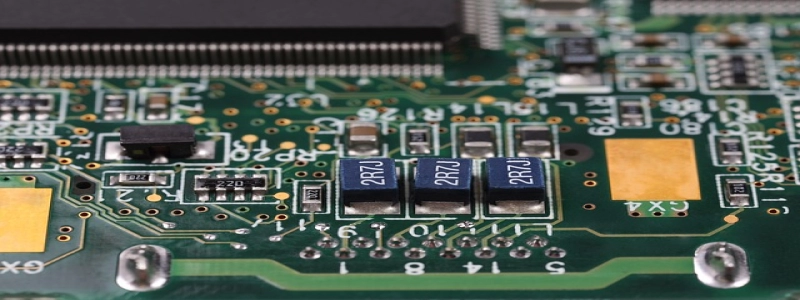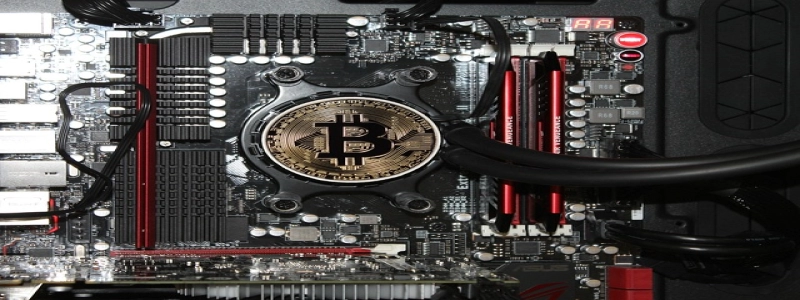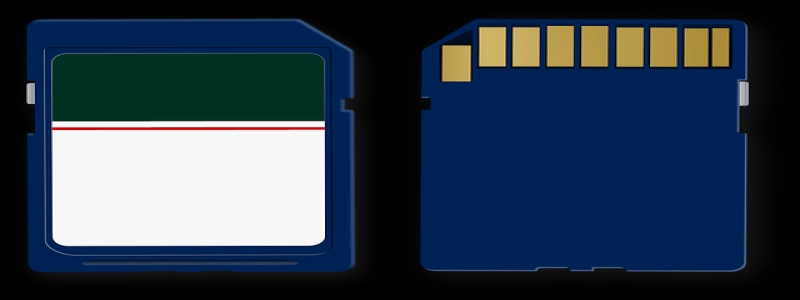Fiber Optic Module
Introduction
Fiber optic modules play a critical role in modern telecommunications and networking systems. These small electronic devices enable the transmission of data over long distances at extremely high speeds. In this article, we will explore the various aspects of fiber optic modules, including their different types, components, and applications.
Types of Fiber Optic Modules
There are several types of fiber optic modules available, each designed for specific applications. The most common types include:
1. Transmitter Modules: These modules contain a light source, such as a laser or an LED, that converts electrical signals into optical signals for transmission over the fiber optic cable.
2. Receiver Modules: Conversely, receiver modules receive optical signals and convert them back into electrical signals for further processing. They consist of a photodetector that converts light into electrical current.
3. Transceiver Modules: Transceiver modules combine the functionalities of both transmitter and receiver modules into a single device. They enable bidirectional communication by transmitting and receiving data simultaneously.
Components of Fiber Optic Modules
Fiber optic modules comprise various components that work together to ensure efficient data transmission. The key components include:
1. Optic Transmitters: These components generate and control the optical signal to be transmitted. They can consist of a laser diode or an LED, depending on the desired speed and distance of transmission.
2. Photodetectors: Photodetectors convert the received optical signals back into electrical signals. Common types of photodetectors used in fiber optic modules include PIN photodiodes and avalanche photodiodes.
3. Optical Connectors: These connectors provide a means to connect fiber optic cables to the module. They ensure minimal signal loss and allow for easy installation and removal.
Applications of Fiber Optic Modules
Fiber optic modules find applications in a wide range of industries due to their high-speed data transmission capabilities and immunity to electromagnetic interference. Some common applications include:
1. Telecommunications: Fiber optic modules are extensively used in long-distance communication networks, such as network switches, routers, and data centers, to transmit high-bandwidth data over large distances.
2. Data Centers: With the ever-increasing demand for data processing and storage, fiber optic modules play a vital role in interconnecting servers and storage devices within data centers.
3. Medical Industry: Fiber optic modules are used in medical imaging devices, such as endoscopes and ophthalmic instruments, providing high-quality images and enabling minimally invasive procedures.
4. Military and Aerospace: These modules are widely used in military and aerospace applications due to their ability to withstand harsh environments, high data transfer rates, and secure data transmission.
Conclusion
Fiber optic modules have revolutionized the way data is transmitted in various industries. With their high-speed capabilities and reliability, they have become the backbone of modern telecommunications and networking systems. As technology continues to advance, fiber optic modules will play an even more significant role in enabling faster and more efficient data transmission.








